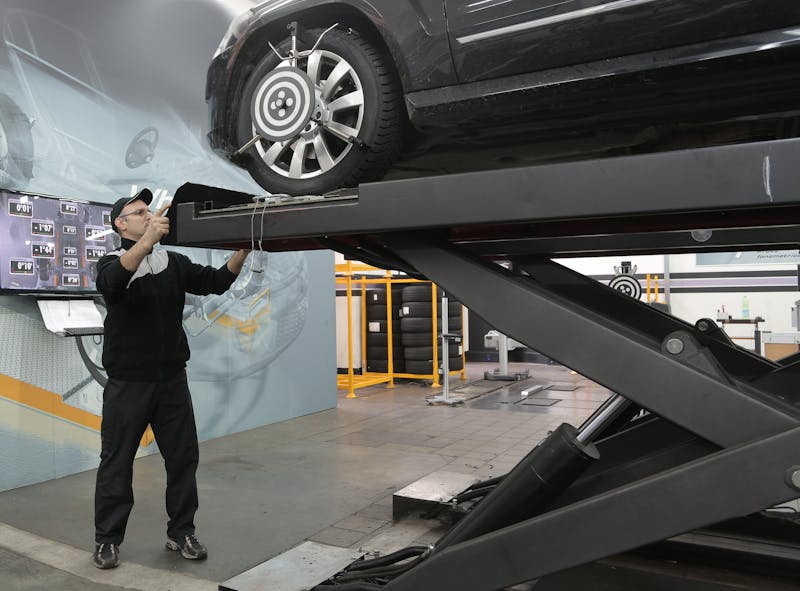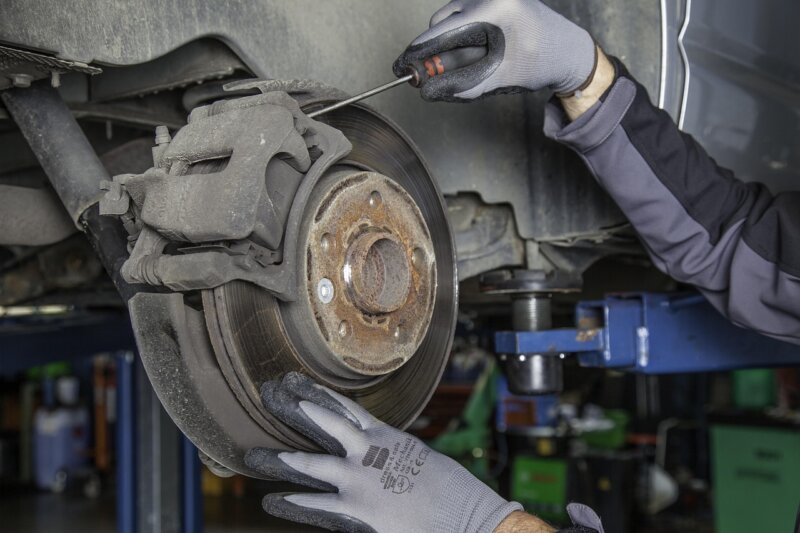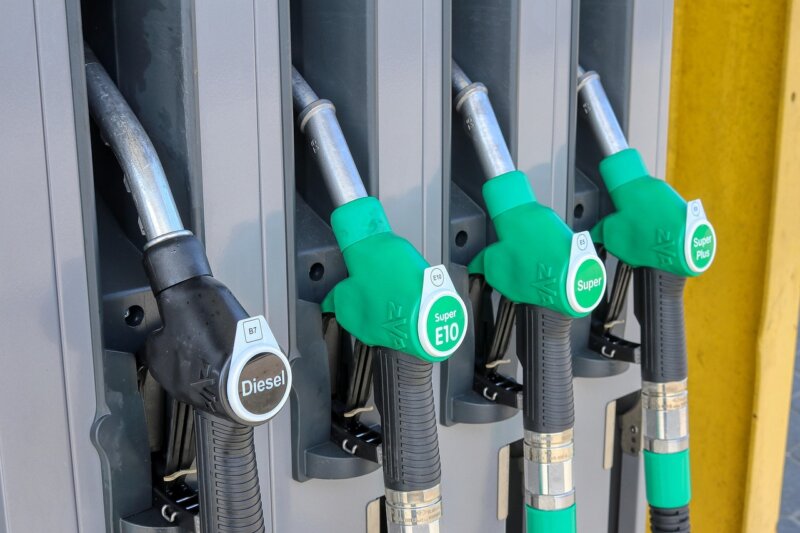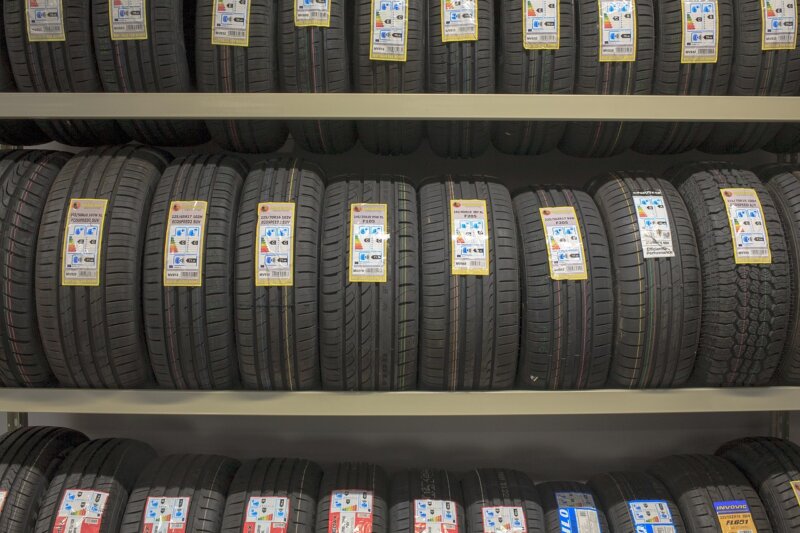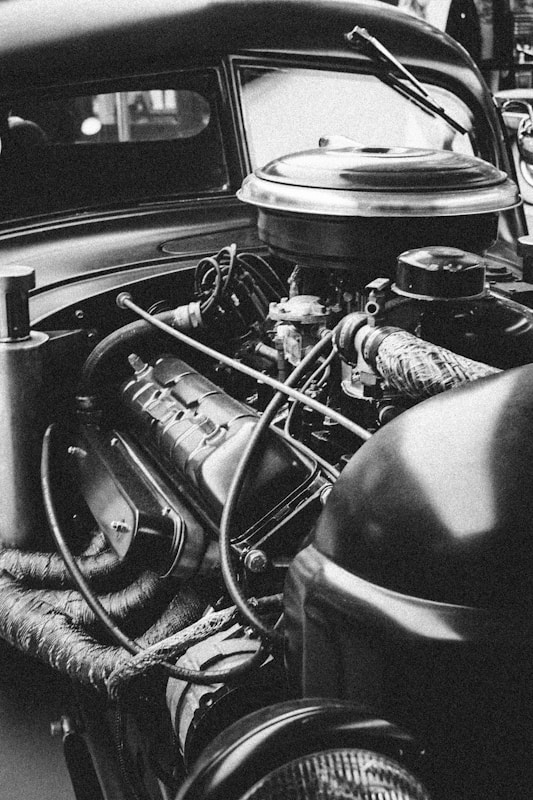Tires wearing out fast? Does the car pull or wander on the highway? Proper wheel alignment improves driving safety, vehicle stability, and tire life. This guide explains camber, caster, and toe in plain terms, and how steering geometry affects tire wear. Learn simple ways to spot misalignment early and avoid bigger repairs.
Understanding the Key Wheel Alignment Angles
Wheel angles decide how each tire meets the road. Small changes here change handling, traction, and braking feel. Focus on three core alignment settings to protect performance and tires.
Camber: Inward or outward tilt of the tire
Camber is the tilt of the tire when viewed from the front or rear. Negative camber means the top of the tire leans inward. It can boost cornering grip by loading the tire during turns. Too much negative camber scrubs the inner edge and shortens tire life.
Positive camber means the top leans outward. It may help straight line stability on some vehicles, but excess positive camber wears the outer edge. Zero camber keeps the tire straight up and down, which spreads load more evenly in a straight line.
Correct camber depends on the vehicle and its suspension. Going too far either way causes uneven tread and weaker cornering performance. Camber shapes tire wear more than steering pull, which leads into caster next.
Caster: Steering axis angle viewed from the side
Caster describes the tilt of the steering axis, the imaginary line through the upper and lower ball joints, as seen from the side. If the top of that line tilts toward the rear, you have positive caster. This tends to improve straight line tracking and stability, especially at higher speeds.
Negative caster tilts toward the front. Steering feels lighter, but the car may wander more as speed rises. Proper alignment aims for positive caster that suits the vehicle. Caster rarely causes tire wear by itself, but unequal caster side to side can create a pull that you will feel through the wheel.
Toe: Angle of the tires pointing inward or outward
Toe is the inward or outward aim of the tires when viewed from above. Toe-in means the fronts of the tires point toward each other. It can add straight line stability, but too much toe-in often scuffs the outer edges.
Toe-out is the opposite, the fronts spread away from each other. It can help turn-in response, but it chews the inner edges quickly. Even a small toe error can make a feathered or sawtooth pattern on the tread. This is a leading cause of fast tire wear, vibration, and a car that will not track straight.
How Misalignment Affects Tire Wear
Misaligned wheel angles change the way your tires touch the road. That reduces grip and can make the vehicle feel less secure. It also marks the tread with clear patterns you can spot early.
Uneven tire wear patterns
Uneven wear shows up as one-sided edges, patches, or feathered tread. Inner edge wear often points to too much negative camber or too much toe-out. Outer edge wear can mean excess positive camber or extra toe-in. A sawtooth feel on the tread blocks usually signals a toe problem.
Diagonal wear and cupping can come from misalignment and worn suspension parts together. On drive axles, rough roads and poor alignment can cause cuts or chunking of tread blocks. Skid spots may start with hard braking or unbalanced brakes, but bad steering geometry can make the damage worse.
Spotting these patterns early protects tire lifespan and helps keep vehicle stability high. A quick check with a tread depth gauge or even your hand can reveal feathering or edge wear.
Reduced tire lifespan
Uneven tire wear shortens the life of the tread by a large margin. Misaligned wheels force the tires to scrub, so more rubber comes off with every mile. Industry testing shows toe errors alone can cut tire life by as much as 25 percent.
In many cases, tires need replacement after only a few thousand miles if alignment stays off. Regular wheel alignment and basic tire maintenance extend tread life and reduce costs. This also improves vehicle handling and helps the suspension do its job.
Signs Your Vehicle Needs a Wheel Alignment
Watch the way the car drives and the way the tires look. Small signs early can stop bigger problems later. These checks take only a few minutes.
Vehicle pulling to one side
If the car drifts left or right on a straight road, alignment may be off. Unequal caster side to side is a common cause. Wrong toe settings can also push the car off line.
Pulling makes you work harder to hold the lane and can wear tires faster. The steering wheel may sit crooked when you are driving straight. Schedule an alignment check soon to restore proper steering geometry and reduce stress on the suspension.
Steering wheel vibration or off-center position
Vibration at speed often points to alignment or wheel balance concerns. Incorrect toe can shake the steering wheel, especially on the highway. An off-center wheel while driving straight is a classic alignment clue.
If the wheel jerks over bumps, alignment and worn parts may both be involved. You might also see uneven tire wear at the same time. Get a professional inspection to confirm camber, caster, and toe are within spec and to check for loose or bent components.
The Alignment Process Simplified
A proper wheel alignment sets camber, caster, and toe to the vehicle spec. Skilled technicians use alignment racks and sensors to measure each angle. The goal is stable handling and long tire life.
Inspection and diagnosis
Technicians start with a tire inspection, looking for edge wear, feathering, and bald patches. Those clues point to camber or toe issues. Next comes a suspension check for worn ball joints, tie rods, bushings, and shocks.
Ride height matters because sagging springs change wheel angles. Many shops also read steering axis inclination and setback to find hidden crash damage. A careful prealignment check makes the final settings more accurate and helps spot problems that most drivers miss.
Adjustment of camber, caster, and toe
Shops adjust camber, caster, and toe to match factory alignment specifications. Camber is set to get even road contact without harsh edge wear. Caster is tuned for stable tracking without making low speed turns feel heavy.
Toe gets extra attention because small changes here have big tire wear effects. Incorrect toe can ruin a new set of tires fast. After adjustments, a road test confirms the steering wheel is centered and the car tracks straight.
Bottom Line
Wheel alignment protects safety, comfort, and tires. Correct camber, caster, and toe improve vehicle stability and reduce tire wear. If you feel pulling, vibration, or see uneven tread, book an alignment check soon.
Simple checks at home help, but alignment requires proper tools and training. Seek a qualified shop for accurate suspension adjustment and a clear report. One visit now can extend tire life, smooth out your drive, and keep steering geometry where it belongs.
Safety note, if the car shakes badly, wanders, or the steering feels loose, avoid highway speeds until inspected. A short delay can prevent a bigger repair and reduce risk on the road.

